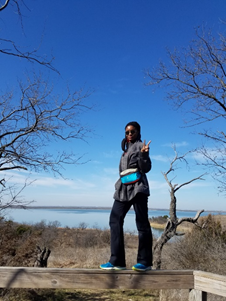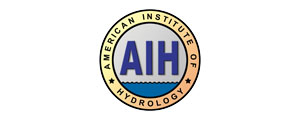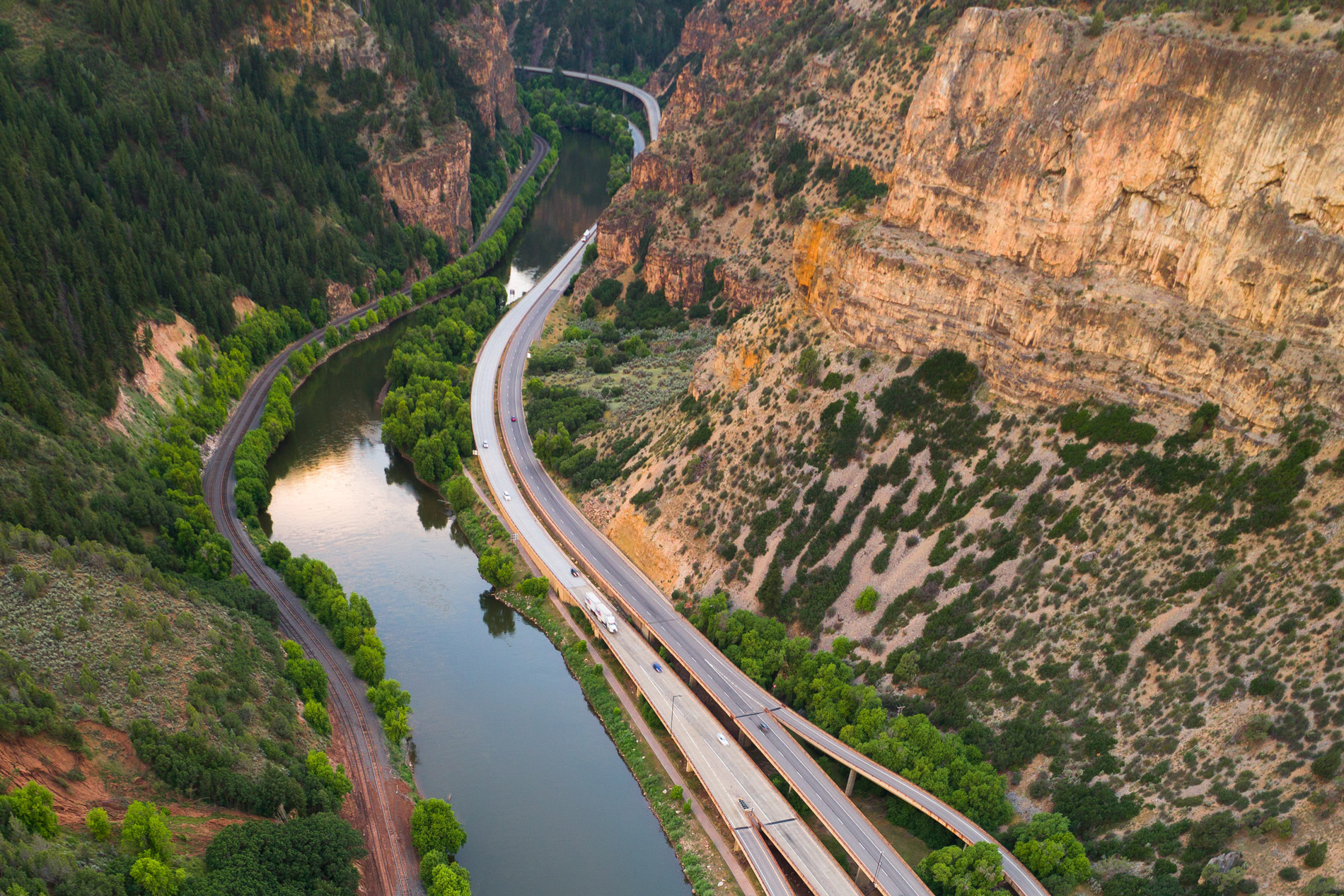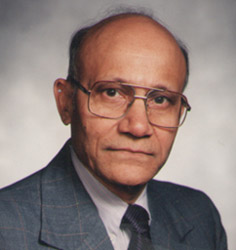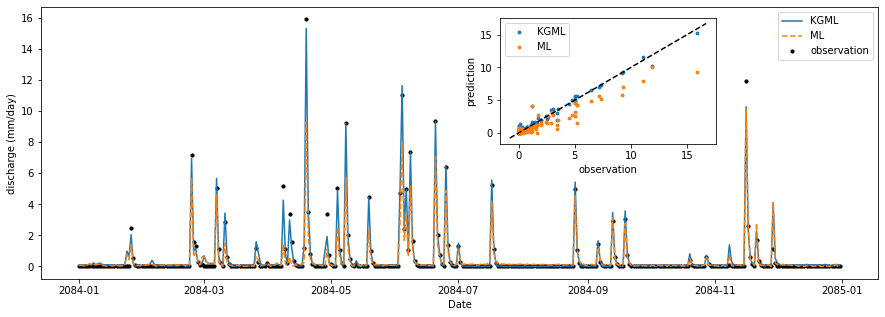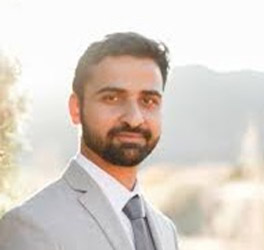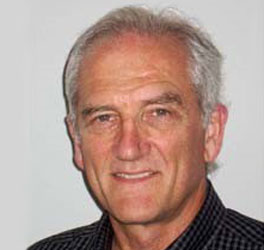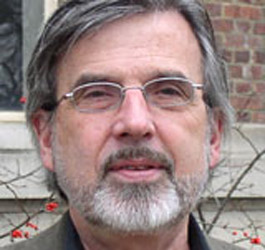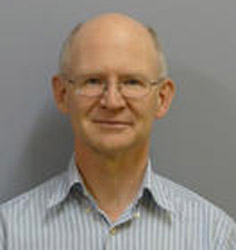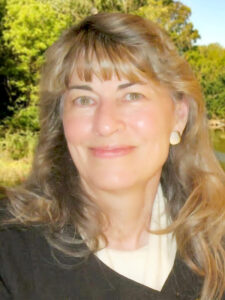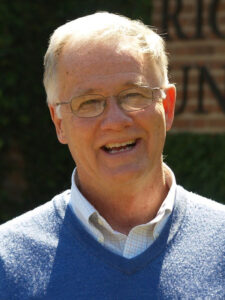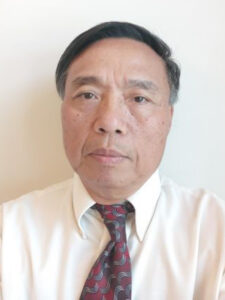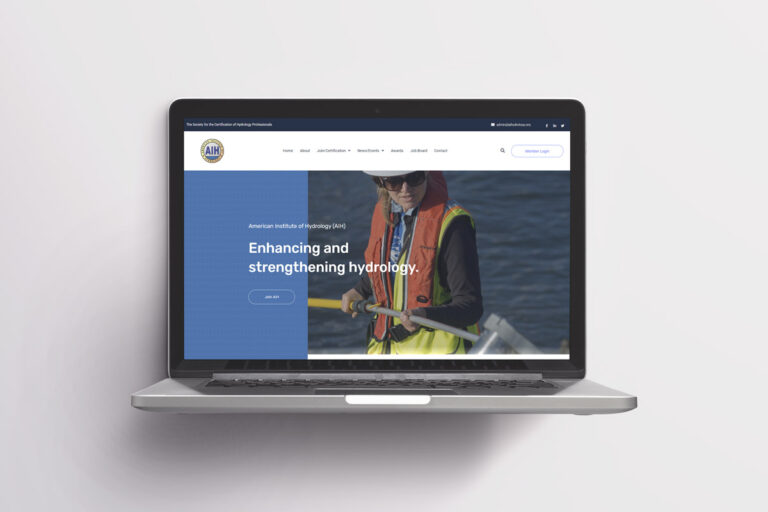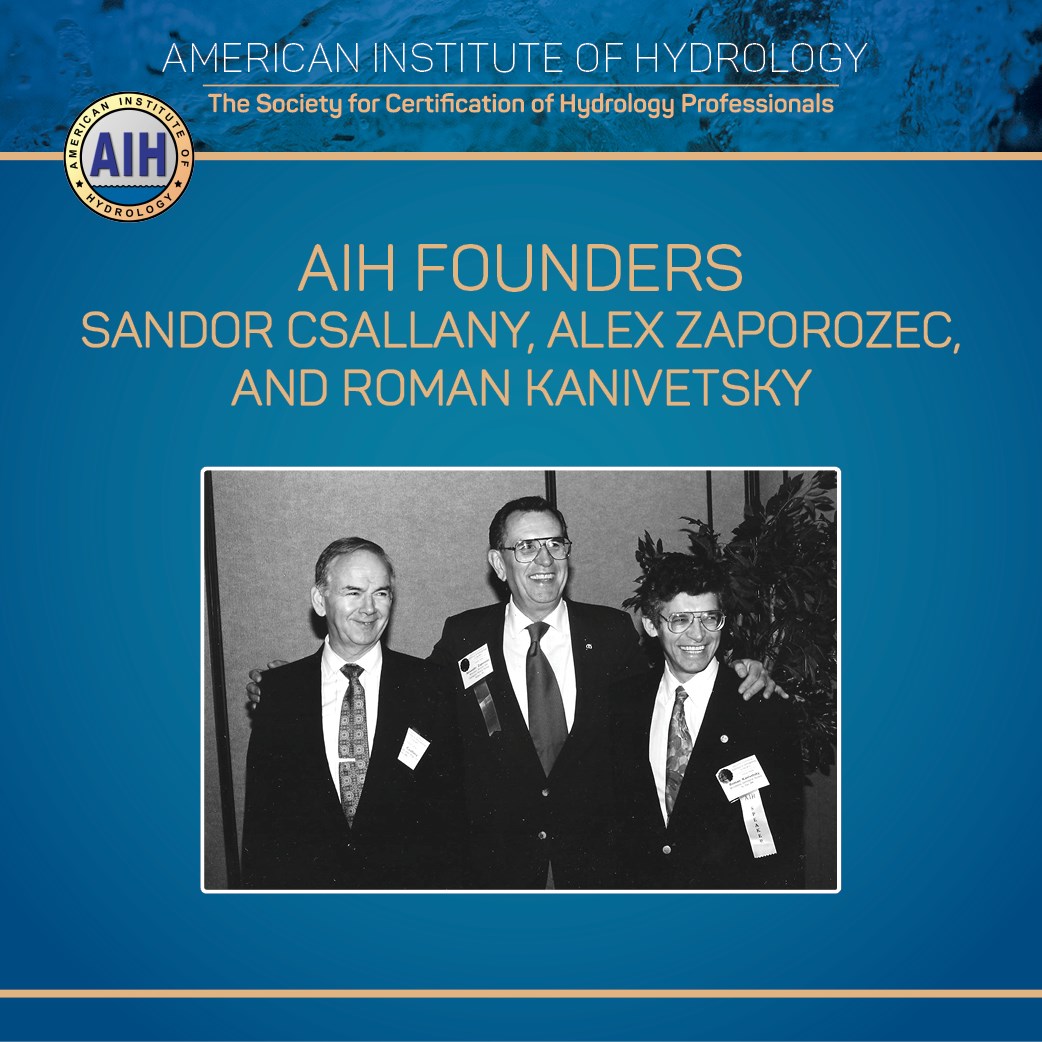Capital and operation costs and the ensuing benefits are by far the most dominant determinant for the viability of any water resources development project. However, a cursory review of the analyses of a few recently completed projects indicates that some, relatively obscure, quantifiable and non-quantifiable hydrologic impacts and associated environmental costs are not adequately accounted for in the decision-making process. Examples of such implicit, though inherent, hydrologic impacts are identified herein.
Quantifiable Perpetual Watershed Management – Perpetual floodplain management is necessitated due to continuing long-term alterations of the floodplain and potential future (almost permanent) damage to the hydrologic environment attributable to the project. A simple approach for continuing watershed management is to ensure that a constant amount of annual floodplain management fund, R1, is available in perpetuity. This amount has to be estimated by the project team based on judgment and experience. With an annual discount rate, i, the capitalized value over the project life, N, is given by, C1 = R1 [{(1+i) N – 1}/{ i (1+i)N }]. For perpetuity, with a large value of N, this gives C1 ≈ [ R1 / i ].
Quantifiable Infrequent Flood Damages – These are damages due to flood events exceeding the design basis, which may occur during the project life. This cost may not be explicitly specified in project estimates, but has to be incurred periodically as special repairs. Quantification of such damages includes hydrologic modeling and economic analysis to develop a table of flood exceedance probability, Pk, versus damage, Dk, for selected return periods, k, above the design basis flood, arranged in descending order of Pk; and computation of incremental probability, ΔPk = (Pk – Pk+1); and the corresponding average damage, Davk = [(Dk + Dk+1)/2]. The expected annual damage, R2, is estimated as R2 = ∑ (Davk ΔPk) = ∫ Dk dPk and capitalized over the project life as C2 = R2 [{(1+i)N – 1}/{ i (1+i)N }]. The summation or integral goes from a low value of Pk indicative of catastrophic damages to a threshold (high) value of Pk, above which flood damages are considered insignificant. The lower limit may correspond to the design basis flood for the project.
Quantifiable Consequences of Hydrologic Failure – A scary psychological concern related to major hydraulic structures, particularly dams, is that a major component may fail during the hydrologic event of probability, P, which exceeds the design basis flood. It may be worthwhile to consider insurance, indemnification, or some other compensation for such a hydrologic failure. Even though failure may or may not occur during the project life, the scare, though intangible, can result in real and involuntary hydrologic damage, and its causation is the project. Conceptually, the hydrologist, with the help of an economist, may estimate the present value, V, of failure consequences due to a flood of probability P. Statistically, the probability of failure in the nth year with no failure up to year n-1, is Pn = P (1-P) (n-1). So, expected present value of failure in the nth year = V P [(1-P) (n-1)] and expected insurance cost, C3, for N years of project life is, ∑ V P[(1-P) (n-1)]; the summation is from n = 1 to N. This gives, C3 = V{1-(1-P) N}.
Non-Quantifiable Impacts – In addition to quantifiable impacts, there are hydrologic impacts which are not amenable to numeric quantification. Qualitative assessment of such impacts would require detailed hydrologic modeling for the affected surface and groundwater environment. One example of such impacts includes resettlement for which the hydrologist delineates the zone of evacuation to accommodate project structures. The compensation for evacuees must include a one-time payment to legal landowners and social cost for resettlement, rehabilitation, and development of the displaced population to an equivalent or better living standard. This must also include remedial or compensatory measures for the loss or dislocation of wildlife, fisheries, aquatic biota, forests, vegetation, unique historic features, and threatened or endangered plant and animal habitat. Other examples include project impacts on the floodplains and water quality including enhanced waterlogging potential downstream and safe decommissioning of project features at the end of the project life to ensure minimal impacts on future hydrologic environment. Despite being intractable in terms of present value, these impacts must be included in project costs.
Prudent decision making requires that due weight be given to all conceivable tangible and intangible hydrologic and environmental impacts, benefits, and leverage, and a consensus-based iterative process be used to finalize project planning in preference to the commonly used benefit-cost ratio based solely on quantifiable investments and revenues.
